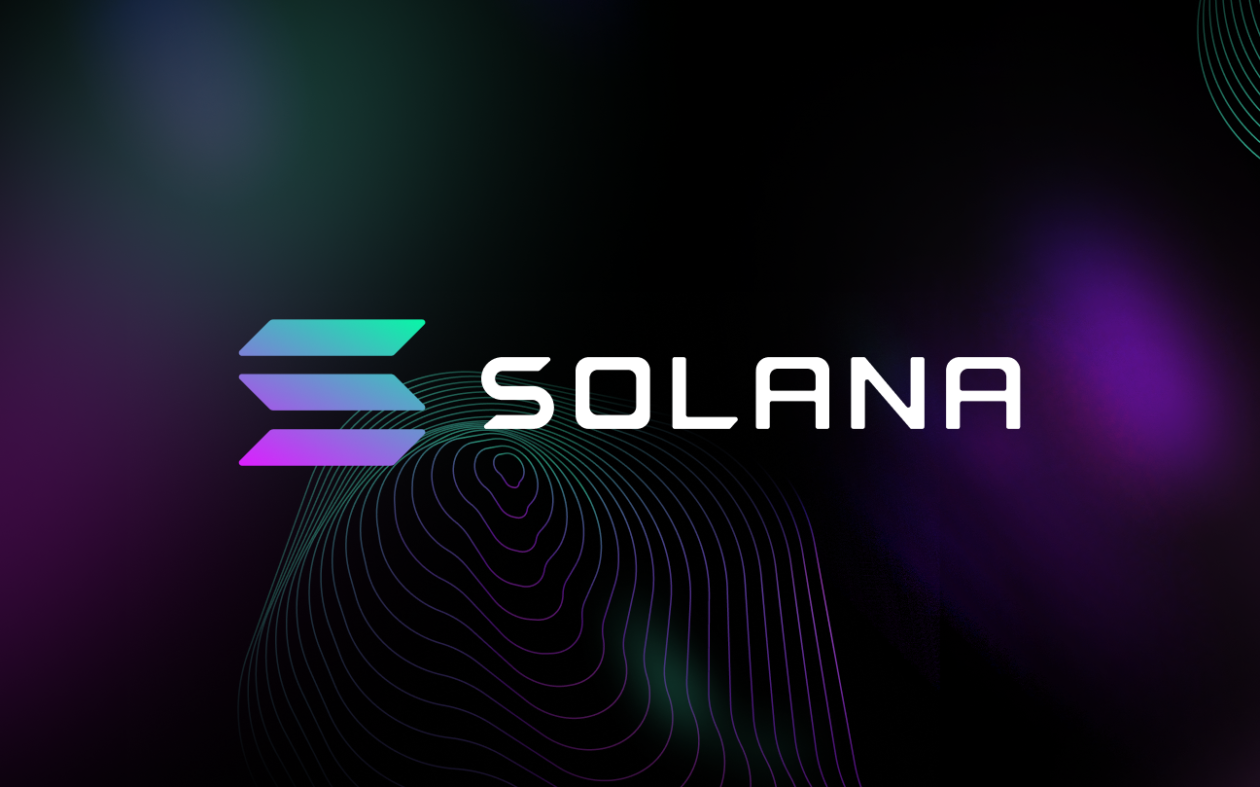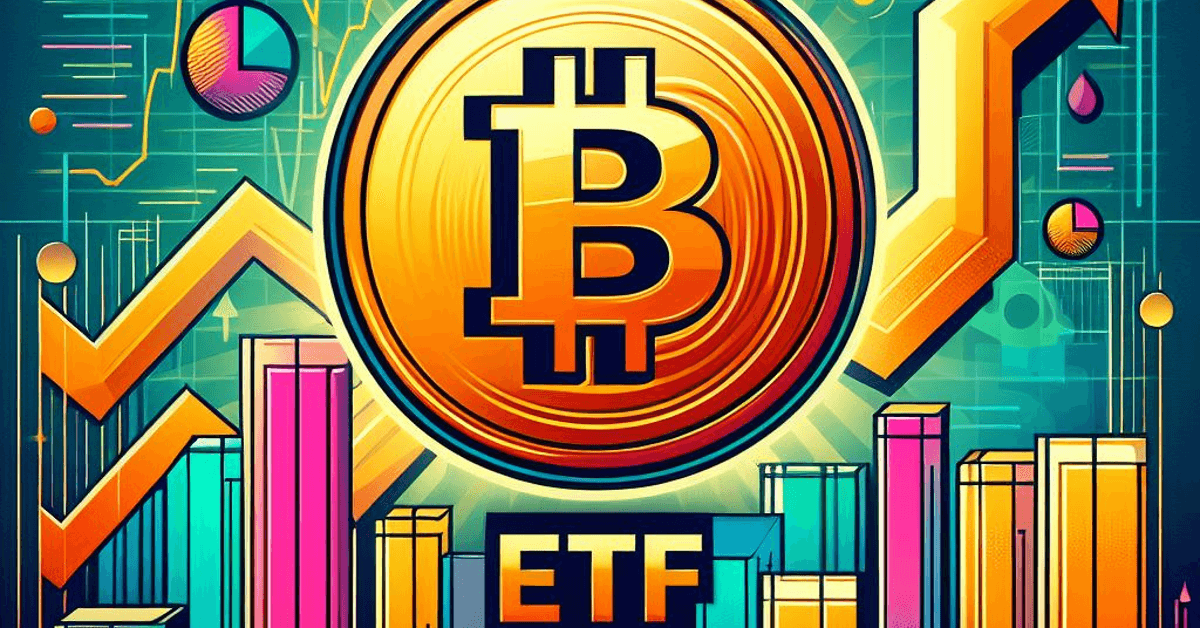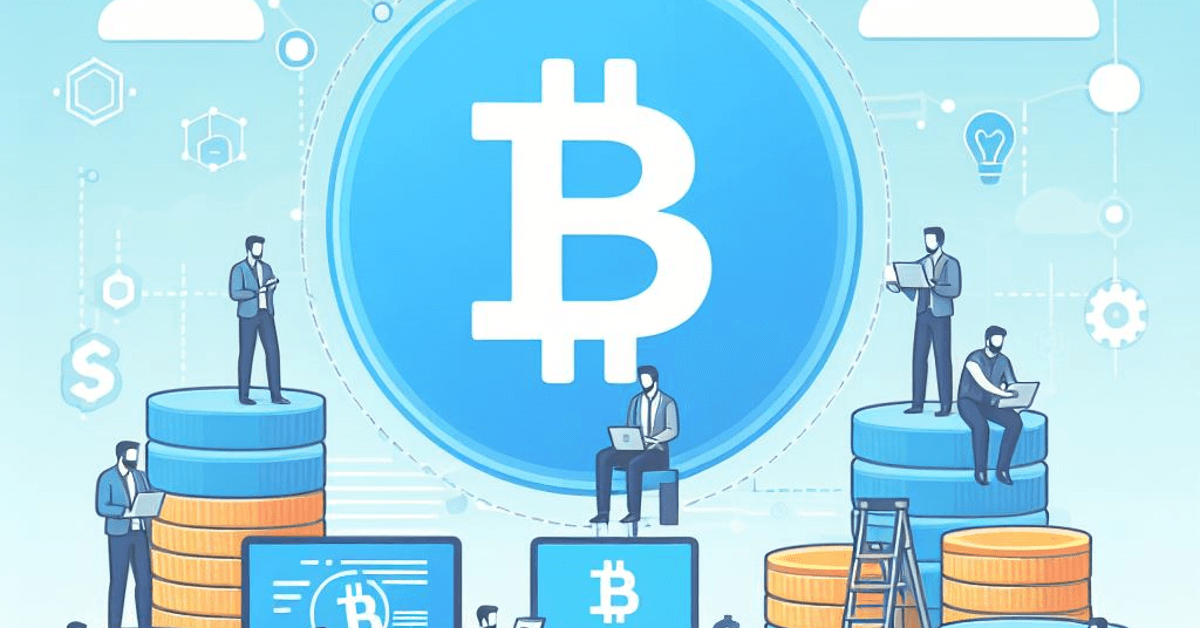Solana at a Glance
Solana is a blockchain platform that has been specifically designed to host decentralized applications that are scalable. The project was founded in 2017 and is currently managed by the Solana Foundation, which is located in Geneva. The blockchain itself was built by Solana Labs, which is based in San Francisco. The cryptocurrency that operates on the Solana blockchain is called Solana (SOL).
SOLs are also available in smaller denominations called Lamports. Lamports are named in honor of the famous American computer scientist Leslie Lamport who is known for his important work on distributed systems and computing efficiency.
Solana is much faster in terms of the number of transactions it can process and has significantly lower transaction fees than rival blockchains like Ethereum In 2021, the value of SOL increased by almost 12,000%, and at one point, its market capitalization exceeded $75 billion. This made SOL one of the largest cryptocurrencies at that time.
Understanding the Core
Solana is a contemporary blockchain that differs significantly from the Bitcoin network. It utilizes modified cryptographic algorithms to create a fast and scalable blockchain. The blockchain is implemented in Rust language for its memory safety features and lack of garbage collectors. Due to Rust’s capability to run smoothly on Linux kernels with a highly intensive workload, Solana can operate efficiently.
Apart from being fast and modern, Solana also features unique capabilities like
- Open Souce Code: Solana has an open-source application that can be downloaded and implemented for personal and commercial use, similar to many other blockchains.
- Proof Of Stake: Solana is a blockchain platform that allows its users to stake SOL coins to process transactions in a faster and more efficient way. This process is carried out with the help of validator nodes, which run multiple internal processes to ensure the safe and secure processing of transactions. Additionally, the staking algorithm enables users to vote for changes to the Solana blockchain that are suggested by members of the Solana developer community.
- Proof of History: Solana’s core innovation lies in its consensus mechanism called Proof of History (PoH). PoH merges the time of a transaction with Proof of Stake to facilitate the transaction. In this case, the time is based on block height, which is the block number where the transaction occurs. By using a Verifiable Delay Function algorithm, the blockchain can timestamp events efficiently. Each node can add a block without requiring explicit agreement from other nodes. Instead, the nodes agree to the PoH timestamp. With PoH, Solana can use a synchronized clock for the entire blockchain, and validators can replay past events within the blockchain. The net result is extremely fast transaction speeds, with as many as 50,000 TPS.
- Layered Services: Solana uses several services on top of the network to improve efficiency. Think of it like a technology stack where different layers perform a specific function. With these services, Solana can be used to build decentralized applications (Dapps) and Decentralized Financial Institutions (DeFis)
- Turbine Protocol: Solana uses the Turbine protocol to transmit information in smaller pockets to nearby node clusters called neighborhoods, allowing it to validate transactions faster.
- Horizontal scaling: Another core innovation of Solana is horizontal scaling, which allows it to add more computers to its processing network to distribute computing resources. Tasks can be processed by multiple computers running in parallel to take true advantage of distributed resources. The network can also connect seamlessly between CPUs, SSDs, and GPUs at the hardware level. some of the distributed systems within Solana are Gulfstream, Cloudbreak and Sealevel
Founders
Solana co-founder Anatoly Yakovenko’s previous work experience was in the field of distributed systems design with leading technology companies such as Qualcomm Incorporated (QCOM). This experience made him aware that a reliable clock simplifies network synchronization, and when that occurs, the resulting network would be exponentially faster, with the only constraint being its bandwidth.
Yakovenko believed that utilizing a proof-of-history system could significantly increase the speed of the blockchain as compared to blockchain systems without clocks such as Bitcoin and Ethereum. The latter systems have struggled to scale beyond 15 transactions per second (TPS) worldwide, which is only a fraction of the throughput handled by centralized payment systems like Visa (V), which can see peaks of up to 65,000 TPS.
SOL Funding
- In June 2021, a group of funds led by Andreessen Horowitz and Polychain Capital purchased $314 million worth of SOL, the native cryptocurrency of Solana Labs.
SOL Partnership
- In April 2023, Solana Mobile, a subsidiary of Solana Labs, began selling the Solana Saga, an Android smartphone with several Solana-based decentralized apps preinstalled.
- Visa, along with payment processors Worldpay, Inc. and Nuvei, announced in September 2023 that they had added support for the Solana blockchain. This would allow merchants to receive payments using the stablecoin USD Coin (USDC) instead of fiat currency via bank wire.
SOL Security and Governance Concerns
A class action lawsuit was filed against Solana, accusing the company of selling unregistered securities in the form of Solana tokens from March 24th, 2020 onwards. The lawsuit alleges that Solana intentionally misled investors about the total number of SOL tokens in circulation.
The founder of Solana Labs, Anatoly Yakovenko, reportedly lent a market maker over 11.3 million tokens in April 2020, but failed to disclose this information to the public. The lawsuit claims that Solana had promised to reduce the token supply by this amount, but only burned 3.3 million tokens.
9,231 Solana wallets were hacked resulting in a theft of $8 million from victims. According to the Solana Foundation, the hack was caused by digital wallet software from Slope Finance.
The Securities and Exchange Commission (SEC) filed a lawsuit against Coinbase. The SEC claimed that Solana and twelve other currencies offered by the platform are securities that failed the Howey Test.
The lawsuit alleges that Coinbase illegally avoided disclosure requirements by offering these tokens. A Wells notice had been issued to Coinbase by the SEC in March prior to the lawsuit being filed.
Where Solana makes the cut
- Solana is a blockchain that offers faster and cheaper transactions compared to Ethereum and other similar blockchains.
- Solana has a unified network that provides better security.
- Solana consumes less bandwidth and is more robust and is relatively simpler than others
Where Solana Misses Out
- Solana’s Blockchain is not compatible with Ethereum missing out on a big chunk of the audience that chooses Ethereum due to its liquidity
- Solana has recorded some of the most notorious network outrages. In its history,there have been almost 5 major outages with many more partial ones, which greatly affect network functionality.



